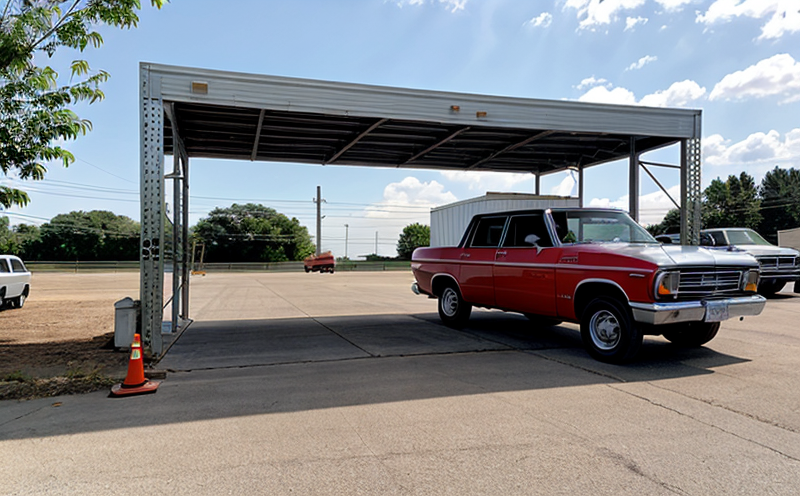Drive-in racking inspection
The inspection of drive-in racking is crucial in ensuring the safety and optimal performance of warehouse storage systems. Drive-in racking, which allows for the storage of pallets that are loaded from one end and unloaded from the other without lifting them off the pallet, plays a significant role in maximizing space efficiency within warehouses.
The inspection process involves thorough evaluations to ensure compliance with relevant standards such as ISO 14523-1:2017 for steel structures. This standard provides guidelines on the design and installation of drive-in racking systems, ensuring that they are safe and reliable for use in various environments.
The inspection process typically includes a visual assessment of the structural integrity, stability, and alignment of the racks. Special attention is given to critical components such as columns, beams, and connectors, which form the backbone of the racking system. The inspection also involves checking for any signs of wear and tear or damage that could compromise the safety and functionality of the drive-in racking.
Another important aspect of the drive-in racking inspection is the evaluation of the load-bearing capacity of the racks. This involves determining whether the racks can support the maximum weight specified by the manufacturer without any risk of failure. The load-bearing capacity assessment ensures that the warehouse operates within safe and acceptable limits, preventing potential accidents or structural failures.
During the inspection process, it is also essential to check for any signs of corrosion or rust on the drive-in racking components. Corrosion can weaken the structural integrity of the racks, leading to premature failure. By identifying and addressing these issues early, warehouse managers can ensure that their storage systems remain in optimal condition.
The inspection process also includes a detailed examination of the access points for the drive-in racking system. Ensuring that these areas are safe and accessible is crucial for maintaining efficient operations within the warehouse. The inspection team will check for any obstructions or hazards that could impede personnel movement, which is essential for compliance with safety regulations.
In summary, a thorough drive-in racking inspection ensures that warehouses operate safely and efficiently. By adhering to international standards such as ISO 14523-1:2017, these inspections provide peace of mind to quality managers, compliance officers, R&D engineers, and procurement teams.
Scope and Methodology
| Aspect | Description |
|---|---|
| Visual Inspection | Includes checking for any visible signs of damage, corrosion, or wear and tear. |
| Loading Capacity Assessment | Determines the maximum weight that can be safely supported by the drive-in racking system. |
| Structural Integrity Check | Evaluates the stability and alignment of key components such as columns, beams, and connectors. |
| Critical Component Inspection | Checks for any signs of damage or deterioration in critical parts that could affect overall performance. |
| Access Point Assessment | Evaluates the safety and accessibility of access points to ensure they are free from obstructions. |
Benefits
- Ensures compliance with international standards such as ISO 14523-1:2017.
- Reduces the risk of accidents and structural failures within warehouses.
- Promotes efficient operations by ensuring that drive-in racking systems are safe and accessible.
- Extends the lifespan of drive-in racking systems, reducing the need for premature replacement.
- Improves safety standards for personnel working in warehouse environments.
- Provides peace of mind to quality managers, compliance officers, R&D engineers, and procurement teams.
- Safeguards against potential legal liabilities associated with unsafe storage systems.





